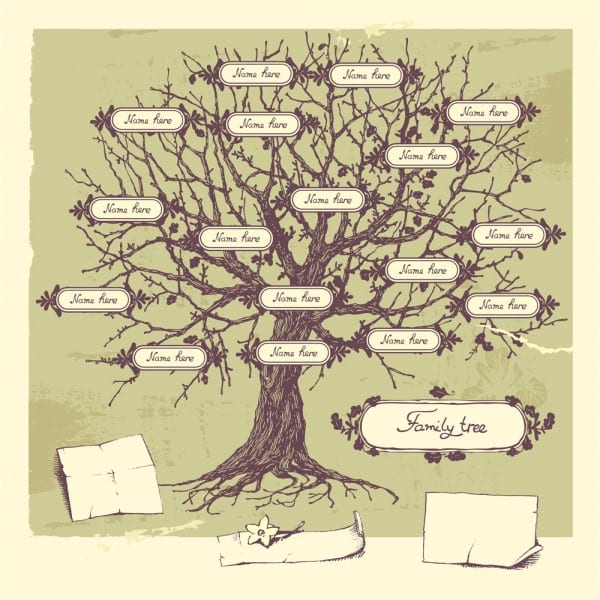There are many map sources on the Internet these days which are free to use, as we look for particular places. But when you are researching your ancestors in the 1830s in, for example, Pennsylvania, you may find that the counties have changed their boundaries several times. Or if you are researching in Germany, are you aware of how the provinces/states have changed names and boundaries over the past 150 years or so?
As part of your research, make it a habit to find and save a copy of a map of a residence place at a particular time or decade. This may be a map of a county, a village, a region, or even the exact street. You have a family homesteading in Upper Canada (this is early Ontario, to non-Canadians!) in the very early 1800s. What does this area look like, and how might people have travelled to this area? Add a map from Collections Canada (Library Archives Canada) to your files, and your family history is tremendously enriched. Have a look at the wonderful online maps of Canada through the years to the present time.
Most countries have similar Archives of maps which are free to review and download. Right-click on the image you see, and use "Save Picture As" to save a copy to your desktop. Later you can transfer it to a family of ancestors in your family tree, or print it out to keep as a document for reference, or file it in your computer reference folders. You will find yourself going back to these maps time and time again as you search for an elusive family.
When you are searching in the British Isles including Ireland, it will be very helpful for you to find maps of the various counties, and print them out for reference. In this way you will have the correct spelling, see large towns of the region, notice adjoining counties or shires, and more useful information. This will make your searches more logical as you look at neighboring counties, or see that boundaries changed at various times. Check with archives collections of specific countries or regions, and you will be pleasantly surprised at the wealth of detail you are able to find. Best of all, maps are generally free to download.
Because I have a line of ancestors from Germany I have printed out several maps of German city-states and country-states over the past few centuries. This has helped my searches immensely as I can see at a glance where I need to search next, such as the region next to a particular town mentioned in records. I certainly wish I'd paid more attention to history in school – I have had to take crash courses on history of the area to make sense of why the area changed so much over some decades!
I found it tremendously useful to use Google maps when trying to figure out where an ancestor might have been buried. They lived in one little town, but where is the cemetery where they were buried? For one little town, I found 7 cemeteries within 20 miles! And I was able to find my ancestor family members buried at 2 of those 7 cemeteries. But I would not have thought to search several of these cemeteries as they were in different towns and cities. However, the minute I realized that they were so close to the long-time residence, I was able to expand my burial searches and was successful at adding ancestors with their details to my family tree.
People moved about in the past, but even so they often kept within 100 miles (60km) of their parents' villages. With that in mind, can you see how important it is to see exactly where would be logical to look next? And looking at a history of the region (usually available online, or at local libraries) will help you decide why a family may have emigrated at that particular time.
One more useful point: make certain that you have put the website address on the map! You can write it out on the printed version, or add it as a "tag" on JPG versions. If that isn't practical, then make a form of your own about Maps: Then number each map, label it, and put down the correct website address on the form for each one. In this way, your master list of maps will help others as well, if they wish to see the specific map of an ancestors’ birthplace or residence.
Google maps are very detailed these days, and you can get excellent details on magnified maps: names of creeks, villages, lakes, and showing roads and highways. Remember that some highways simply smoothed out long-time pathways, so look at how the towns are linked by roads, and see if you can make sense of how your ancestors travelled from one town to another. It may make better sense why a daughter married a man in a particular town, when you see the two towns are only 20 miles away on a road beside a small river.
Use the details on maps as clues in your research into your ancestors’ lives over time. As with any document, you will have great success in your searches if you milk every clue out of the document in your hand! Happy searching.

